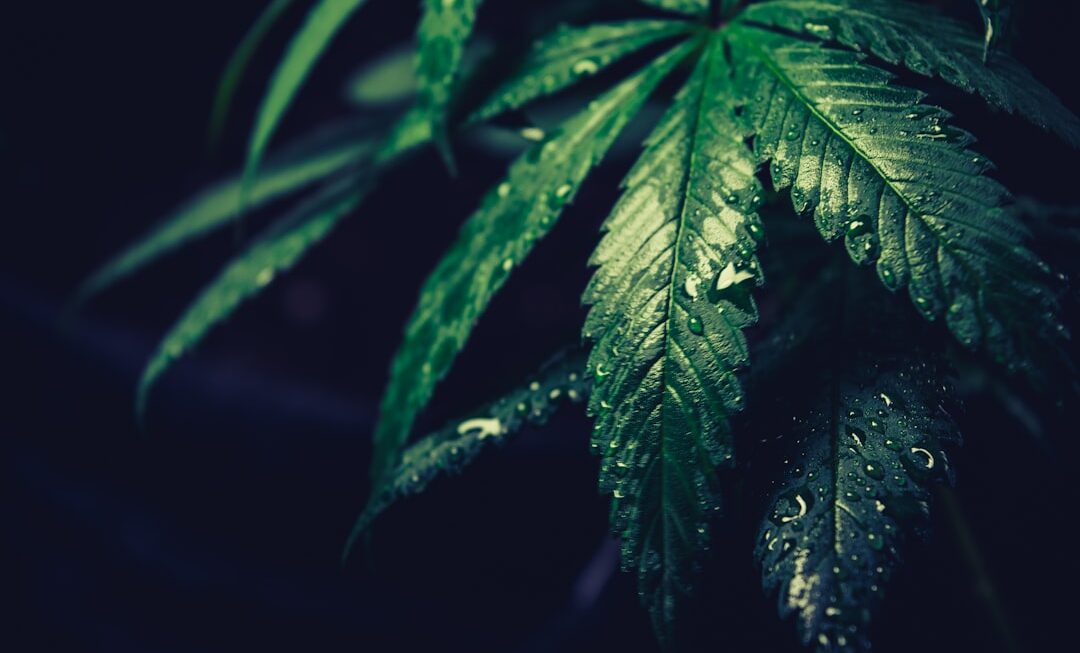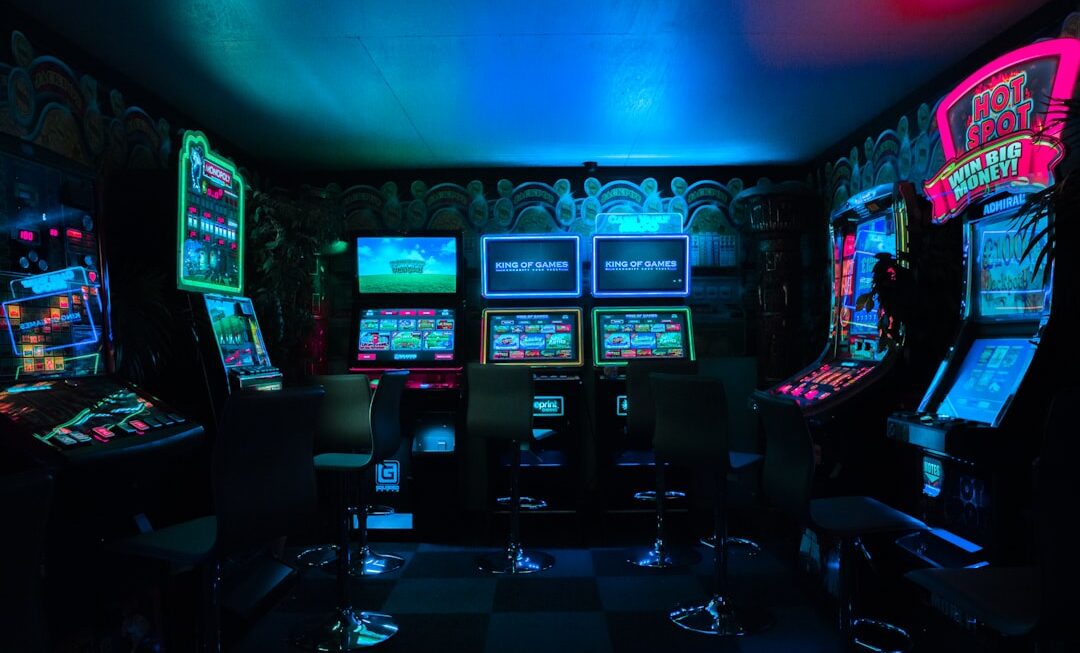South Central Baddies, also known as SCB, is a notorious gang that has had a significant impact on the history of Los Angeles. This gang, along with others in South Central LA, has shaped the culture and reputation of the area for decades. The history of gang culture in South Central LA is complex and deeply rooted in the social and economic conditions of the region. Understanding this history is crucial in addressing the ongoing issues of gang violence and poverty that continue to plague the area.
Key Takeaways
- South Central LA has a long history of gang culture and violence.
- The most notorious gangs in the area formed in the 1960s and 70s.
- Gangs play a significant role in drug trafficking and other criminal activities.
- Gang violence has a devastating impact on the community and law enforcement.
- Despite efforts to combat gang violence, it remains a major issue in LA.
A Brief History of Gang Culture in South Central LA
The origins of gang culture in Los Angeles can be traced back to the early 20th century. The migration of African Americans from the South to Los Angeles during the Great Migration brought with it a sense of displacement and marginalization. Poverty and racism were rampant, and these conditions created an environment where gangs could thrive. Gangs provided a sense of belonging and protection for young people who felt marginalized by society.
The rise of gang violence in South Central LA can be attributed to a combination of factors. The 1960s and 70s saw a rise in racial tensions and civil unrest, which further exacerbated the social and economic disparities in the area. Gangs became more organized and violent as they sought to protect their territories and assert their power. The lack of opportunities for education and employment also contributed to the allure of gang life for many young people.
The Formation of the Most Notorious Gangs in South Central LA
The Crips and Bloods are two of the most notorious gangs to emerge from South Central LA. The Crips were formed in 1969 by Raymond Washington and Stanley Williams, while the Bloods emerged as a rival gang in response to the growing influence of the Crips. The rivalry between these two gangs has been one of the defining features of gang culture in South Central LA.
The expansion of gang activity in the 1980s and 90s can be attributed to the crack cocaine epidemic. Gangs saw an opportunity to profit from the drug trade, and violence escalated as they fought for control of lucrative drug territories. The crack cocaine epidemic also had a devastating impact on the community, leading to increased addiction, crime, and social decay.
The Role of Gangs in the Drug Trade and Other Criminal Activities
The connection between gangs and the drug trade is well-documented. Gangs have played a significant role in the distribution and sale of illegal drugs, particularly in impoverished communities where drug addiction is prevalent. The drug trade provides gangs with a source of income and power, but it also perpetuates a cycle of violence and addiction that further destabilizes these communities.
In addition to the drug trade, gangs are involved in a wide range of other criminal activities. These include robbery, extortion, human trafficking, and even murder. Gangs use violence and intimidation to maintain control over their territories and protect their criminal enterprises. The impact of gang activity on the local economy is significant, as businesses are often forced to pay protection money or face retaliation.
The Impact of Gang Violence on the Community and Law Enforcement
Gang violence has had a devastating impact on the community in South Central LA. Innocent bystanders are often caught in the crossfire of gang-related shootings, leading to a climate of fear and mistrust. Children growing up in these neighborhoods are exposed to violence from an early age, which can have long-lasting psychological effects.
Law enforcement faces significant challenges in combating gang activity. Gangs operate with a code of silence, making it difficult for police to gather evidence or gain cooperation from witnesses. The high levels of poverty and unemployment in these communities also contribute to a lack of trust in law enforcement. This makes it difficult for police to build relationships with community members and gather intelligence on gang activity.
The Most Infamous Gang Leaders in South Central LA

South Central LA has been home to some of the most notorious gang leaders in history. These individuals have had a significant impact on gang culture and the community. One such leader is Tookie Williams, co-founder of the Crips. Williams was known for his violent and ruthless tactics, but he later renounced his gang affiliation and became an advocate for peace and youth empowerment.
Another infamous gang leader is Stanley “Tookie” Williams, who was a founding member of the West Side Crips. Williams was convicted of multiple murders and sentenced to death, but he also became an advocate for non-violence while on death row. His story highlights the complex nature of gang culture and the potential for redemption.
The Rise and Fall of Gangs in South Central LA
Gang activity in South Central LA has declined significantly since its peak in the 1980s and 90s. This can be attributed to a combination of factors, including increased law enforcement efforts, community outreach programs, and changes in the drug trade. However, gangs still exist in the area, and new ones continue to emerge.
The decline of gang activity can also be attributed to changes in the social and economic conditions of South Central LA. The area has seen some improvements in education, employment, and access to social services, which have helped to reduce the allure of gang life for young people. However, poverty and inequality still persist, and addressing these root causes is crucial in preventing a resurgence of gang activity.
The Ongoing Struggle to Combat Gang Violence in LA
Law enforcement agencies and community organizations continue to work tirelessly to combat gang violence in Los Angeles. Police departments have implemented specialized units and task forces dedicated to targeting gangs and disrupting their criminal activities. Community organizations provide support and resources to at-risk youth, offering alternatives to gang involvement.
However, there are significant challenges that these organizations face. Gangs are highly adaptable and constantly evolving, making it difficult for law enforcement to keep up. The lack of resources and funding for community programs also hinders their effectiveness. Additionally, addressing the root causes of gang formation, such as poverty and inequality, requires a comprehensive and long-term approach that goes beyond law enforcement efforts.
The Connection Between Gangs and Hip Hop Culture in South Central LA
Hip hop culture has played a significant role in the formation and spread of gang activity in South Central LA. Gangsta rap, a subgenre of hip hop, emerged in the 1980s and 90s and glorified gang life and violence. Gang members often became involved in the music industry, using their music as a platform to promote their gang affiliations.
Gang culture also had a significant impact on hip hop fashion, with baggy clothing, bandanas, and certain colors becoming associated with specific gangs. This connection between hip hop and gang culture continues to this day, with many artists incorporating gang references into their music and image.
The Legacy of South Central Baddies in LA’s History
The legacy of South Central Baddies and other gangs in Los Angeles is complex and deeply rooted in the social and economic conditions of the region. Gang culture has had a lasting impact on South Central LA and the wider community, perpetuating cycles of violence, poverty, and inequality.
Understanding the history and legacy of South Central Baddies is crucial in addressing the ongoing issues of gang violence and poverty in the area. It requires a comprehensive approach that addresses the root causes of gang formation, such as poverty, lack of education, and limited opportunities for employment. By investing in education, job training programs, and community development initiatives, we can create a brighter future for South Central LA and break the cycle of violence that has plagued the area for far too long.
If you’re interested in exploring the world of South Central baddies, you might want to check out this fascinating article on Rentadsign.com. Titled “Hello World,” it delves into the gritty and captivating stories of individuals who have made a name for themselves in the South Central region. From their daring escapades to their unique fashion sense, this article offers a glimpse into the lives of these intriguing characters. To read more about these South Central baddies, click here.
FAQs
What is South Central Baddies?
South Central Baddies is a term used to refer to a group of individuals from the South Central region of Los Angeles who are involved in criminal activities.
What kind of criminal activities are associated with South Central Baddies?
South Central Baddies are known to be involved in various criminal activities such as drug trafficking, gang violence, robbery, and other forms of organized crime.
Is South Central Baddies a gang?
South Central Baddies is not a specific gang, but rather a term used to describe a group of individuals who are involved in criminal activities in the South Central region of Los Angeles.
What is the history of South Central Baddies?
There is no specific history of South Central Baddies as it is not a specific gang or organization. However, the South Central region of Los Angeles has a long history of gang violence and criminal activity.
What is being done to address the issue of South Central Baddies?
Law enforcement agencies in Los Angeles are working to address the issue of South Central Baddies by increasing patrols and conducting targeted operations to disrupt criminal activities. Community organizations are also working to provide resources and support to at-risk youth in the area.



